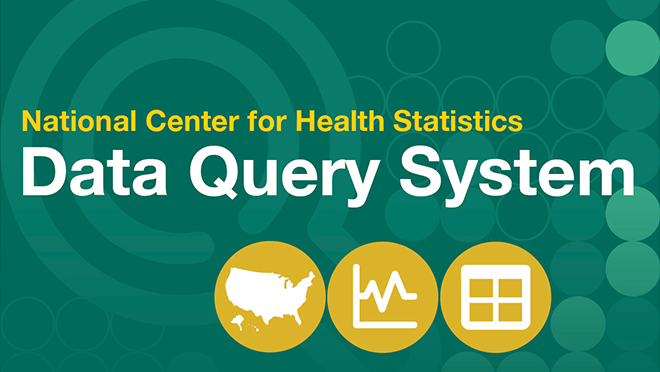At a glance
- The National Center for Health Statistics Data Query System features estimates of the percentage of Americans that are considered to have overweight or obesity.
- These estimates are based on data from the National Health and Nutrition Examination Survey and National Health Interview Survey.

BMI among adults, measured
Body Mass Index (BMI) is a measure of body fat based on height and weight. BMI in adults is calculated as a person’s weight in kilograms divided by the square of their height in meters (BMI=kg/m2). BMI can be used to define weight categories, which may be associated with disease risk.
BMI among adults, measured
Get statistics from the NCHS Data Query System.
Sources
Health, United States publishes data from the National Health and Nutrition Examination Survey, which are measured during physical examination.
Overweight and obesity
Adults are considered overweight if their body mass index (BMI) is 25 to 29.9 and to have obesity if their BMI is 30 or higher. Children are considered to have obesity if their BMI (relative to other children of the same sex and age) is at the 95th percentile or higher on the CDC growth charts.
Obesity in adults, measured
Get statistics from the NCHS Data Query System.
Sources
The National Health and Nutrition Examination Survey provides DQS with data about obesity. These data are based on measured weight and height during physical examination.
Obesity in adults, self-reported
Get statistics from the NCHS Data Query System.
Sources
The National Health Interview Survey provides DQS with self-reported data on obesity from household interviews.
Obesity in children, measured
Get statistics from the NCHS Data Query System.
Sources
The National Health and Nutrition Examination Survey provides DQS with data about obesity. These data are based on measured weight and height during physical examination.
Obesity in children, measured, more detail
Get statistics from the NCHS Data Query System.
Sources
Health, United States (HUS) publishes data from the National Health and Nutrition Examination Survey, which are measured during physical examination.
HUS analysis of these data complement survey program analysis by presenting long-term trends in American health.
